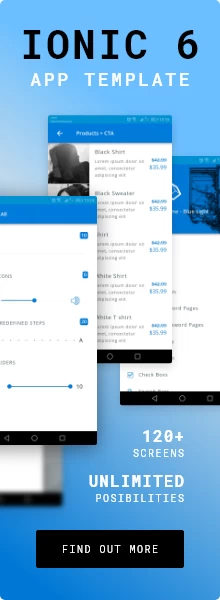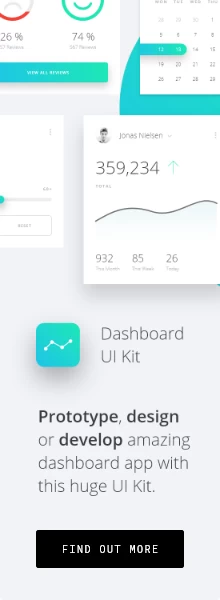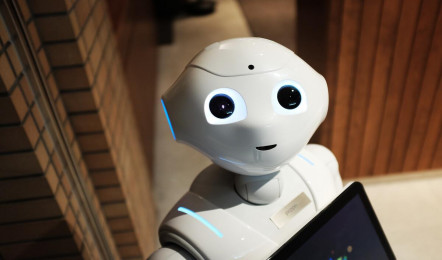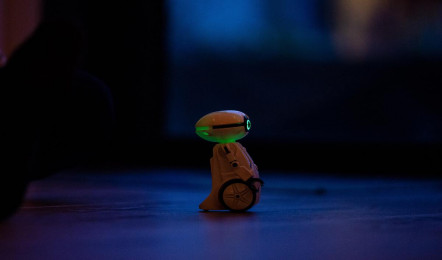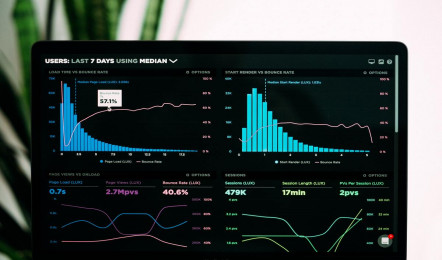CX vs. UX Design - Which is Which and How Are They Different
Mon.09.11.2020 BY
In the world of design, you will surely come across both of these terms sooner or later. Customer Experience (CX) and User Experience (UX) are not the same, even though sometimes the two terms are used interchangeably. This post will try to untangle the confusion and explain the difference between the two terms.
User Experience
Let’s first start with the UX, something many of you are already quite familiar with, we’re sure. User experience (UX) design is the process through which meaningful and relevant experiences are provided to a user. UX encompasses the entire process of acquiring and integrating the product, including branding, design, usability, and function.
UX is concerned with how people interact with a product and their experience from that interaction. UX can be quantified using metrics like success rate, error rate, abandonment rate, time to complete a task, and the number of clicks needed to complete a task completion.
Think of iPhone, for instance, a product that provides a great user experience. It is designed in such a way as not only to increase the consumption of the product but also to ease up the entire process of acquiring, owning, and even troubleshooting it. In a similar fashion, UX designers don’t just focus on the usability of a product but also on other aspects such as pleasure, efficiency, and ease of use. User experience can, therefore, not be uniquely defined - as a UX designer, it is your job to find out what your user needs and wants and how to draw your product closer to the customer.
Customer Experience
Customer Experience (CX) is a little bit different from the UX in a way that it’s much broader. You can think of the CX as an overarching concept that encompasses but is not limited to the UX. While there are many definitions of CX, they all boil down to how a person feels about the experience of interacting with your company. Great CX means providing a valuable, easy-to-use, and enjoyable experience to every customer, on every device, across every touchpoint. This essentially means that CX is broader UX - while UX focuses on a single product, CX focuses on all the products together.
By using a company’s product, customers develop feelings and emotions at each touchpoint, based on which they form judgments. Customers can, therefore, feel joy if they like the experience or disappointment if they hate it, and everything in between. Consequently, judgments can range from positive and cause them to view the company as helpful to negative, such as seeing the company as incompetent. The emotions and judgments can vary wildly from one touchpoint to the next. CX design is there to improve the feelings and emotions and turn them in favor of the company as much as possible.
What are the differences between the two?
As you can see, while UX and CX are quite similar, they are not the same, and due attention must be paid to both to secure that customers like and enjoy using a product. UX is the basis on which a good CX is built. These two concepts overlap in many areas, and you can’t really speak about whether one is more important than the other. UX and CX possess skills that complement each other. They should work together much more than they do now as they don’t necessarily focus on the same things - when a UX designer keeps the product in mind, the CX designer focuses on the customer. Another job of a CX designer is to address all the communication channels that a user might have with a company, i.e., to develop the best possible experience with the company compared to just one product of the company. As these two don’t mean the same, they are not mutually exclusive. For instance, you can have excellent CX (communication with customers, troubleshooting, great customer support) but an overcomplicated product. The other way around is possible, too. You can have the best product, but no support from the company whatsoever.
Wrapping up
To wrap this up, let’s illustrate both on an example, say Samsung. Samsung is an incredibly successful company that focuses on all aspects of design, including UX and CX. Now think of a Samsung phone. If you love using the phone, then Samsung’s UX designers have done an excellent job. But far from it that that specific phone is the only Samsung product. You may also be very happy with your Samsung fridge or vacuum cleaner. Should that be the case, then those products’ UX designers have done an excellent job as well. As you can see, three different products, three different user experiences.
Where customer experience comes into play is the next level, beyond the product. If you have a complaint about any of the products, you don’t reach out to Samsung Fridge or Samsung Vacuums. You reach out to Samsung. Just Samsung. There is one service that deals with customer experiences at the level of the company. Sure, it may have internal divisions, but this is generally true.
Once again, customer experience is a broader term that focuses on the company level and not the level of a single, particular product. So, if you want to have a good company with a good general image, how need to design a remarkable customer experience to accompany and, in a way, back the great UX of a well-designed product.
